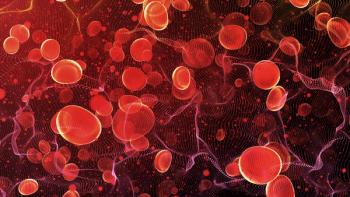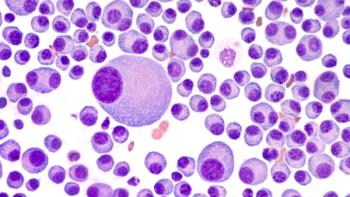
FDA Approves Third Biosimilar to Herceptin
Officials with the FDA today approved Samsung Bioepis’ Ontruzant (trastuzumab-dttb), a biosimilar trastuzumab referencing Herceptin.
Officials with the FDA today approved Samsung Bioepis’ Ontruzant (trastuzumab-dttb), a biosimilar trastuzumab referencing Herceptin,
for the treatment of HER2-positive breast cancer and HER2 overexpressing gastric cancer.
The drug was first approved by the European Medicines Agency in November 2017, making the it the first biosimilar trastuzumab to be approved in the European Union. Since the approval, Europe has also seen the entry of 3 additional versions of biosimilar trastuzumab, Herzuma, Kanjinti, and Ogivri.
The US FDA accepted Samsung Bioepis' Biologics License Application for Ontruzant in December 2017.
To gain FDA approval, a biosimilar must be shown to have no clinically meaningful differences in terms of safety and effectiveness from the reference product. Ontruzant is the first biosimilar to receive approval in 2019. Last year, the FDA approved a total of 7 biosimilars.
Samsung
Bioepis
presented safety and efficacy study results for the biosimilar at 1 year
in an abstract at the 2018 San Antonio Breast Cancer Symposium, held in San Antonio, Texas, from December 4 to 8, 2018. The study evaluated patients with HER2-positive early breast cancer or locally advanced breast cancer who were randomized to receive either the biosimilar or its reference concurrently with chemotherapy.
Patients underwent surgery, then received treatment with either SB3 or its reference. Afterward, 367 patients—181 of whom had been treated with the reference trastuzumab and 186 of whom had been treated with the biosimilar—were enrolled.
Within the group of patients treated with the reference, 126 patients had been exposed to lots of trastuzumab, with expiry dates from August 2018 to December 2019, that had a lower antibody-dependent cell-mediated cytotoxicity (ADCC) than other lots of the reference product. The remaining 55 patients given the reference therapy were unexposed to these lots. After 30.1 months of treatment with the biosimilar and 30.2 months of treatment with the reference, there was no statistically significant difference in EFS between the biosimilar arm (96.7%) and the patients who were unexposed to the lower-ADCC activity lots of the reference (98.2%) (hazard ratio [HR], 1.19; 95% CI, 0.23-6.18;
P
= .8376).
Like trastuzumab, the labeling for trastuzumab-
dttb
contains a Boxed Warning to alert health care professionals and patients about increased risks of cardiomyopathy, infusion reactions, pulmonary toxicity, and embryo-fetal toxicity.
This article was adapted from
Newsletter
Stay informed on drug updates, treatment guidelines, and pharmacy practice trends—subscribe to Pharmacy Times for weekly clinical insights.




















































































































































































































